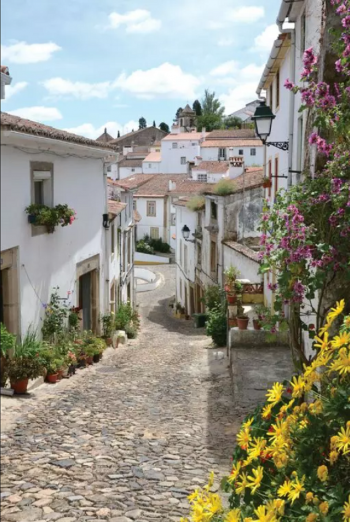Explore the best places
Results for castelo in Portugal
Castelo de Castelo Bom
- heritage
Largo Capitão Teles Marques
6355-042, Vilar Formoso
This castle is situated on a mound overlooking the Coa River and was one of the seven castles negotiated by Dinis in Treaty of Alcañices. It was also this monarch who delivered the letter of foral to the village and promoted the reconstruction of his Castle and Hadrian's wall. During the reign of Dom Manuel, are built several manor houses in the region, the wall was remodeled. Today, what remains of the medieval fence reduces to a door with torre and some scattered wall cloths.

Castelo de Castelo Melhor
- heritage
Rua do Castelo, 15
5150-109, Castelo Melhor
Possibly built on a castro lusitano, this castle is situated on a hill. Saves some wall panels, doors, a cistern and all regular plant. You can see the perimeter of the wall surrounding Interior courtyards and the keep. From a distance, it looks like the Crown of a King planted in cabeço de land.
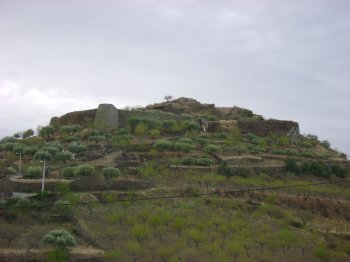
Castelo de Castelo Mendo
- heritage
Castelo Mendo
6355-051, Vilar Formoso
Taking the village of Mendo suffered several occupations, Dinis decided to rebuild and enlarge the wall around the village. This castle has suffered a blow with the war of restoration and with liberal reform, in 1855, when the County was extinguished. Subsequently entered in full decline, due to the population who used the stones of the castle to build their homes. Nowadays there are only a few traces of arched doorways and a cistern.
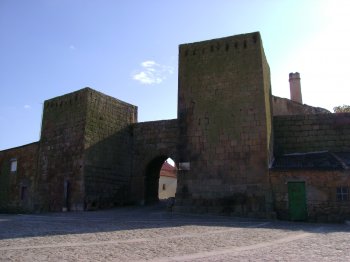
Castelo de Castelo Novo
- heritage
Rua do Castelo, 2
6230-160, Fundão
This castle was founded at the time of Dom Dinis, by the Templars, around 1290, and is currently in ruins. It has an irregular plan and has a bell and keep. Two doors stand out, one of them flanked by two towers.
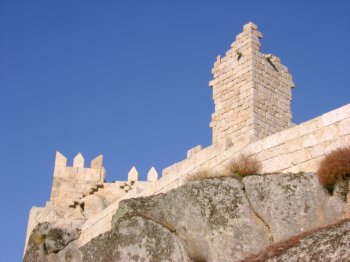
Castelo de Castelo de Vide
- heritage
Rua Direita do Castelo
7320-151, Castelo de Vide
The medieval fortress, which comprises the castle and the urban fence, was built during the reign of D. Dinis, and was completed during the reign of Afonso IV, in 1327. In the 17th century, expansion works were carried out on the fortification that surrounds the town up to the limit of the current garden. The São Lourenço fort was built in the 18th century, when the bastioned fortification was extended with the Loureiros Wall. The fortress had a considerable extension, surrounding almost the entire town. Located on one of the highest mountains in the Serra de São Mamede, it served …
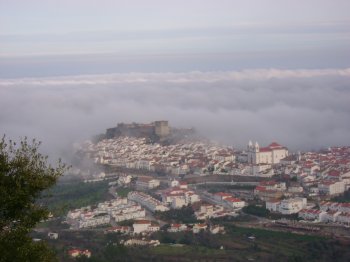
Castelo de Castro Marim
- heritage
Travessa do Castelo, 3
8950-122, Castro Marim
The outer wall, in a semicircular shape, surrounded the medieval village and the so-called Castelo Velho. Today, only the remains of the castle with four turrets and a door, the ruins of the Church of São Tiago, built in the 14th century, and the Palace of the Mayors remain. The Castle is a unique viewpoint of the Guadiana River, the village, the salt pans and vast horizons of the sea.
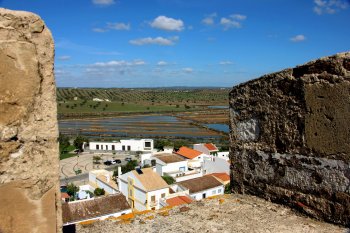
Sepulturas Antropomórficas de Castelo de Penalva
- heritage
Largo dos Mouros
3550-039, Castelo de Penalva
Medieval graves located next to the Main Church of Castelo de Penalva. These open graves are protected by a fence made up of a chain. Stones belonging to the original church can be found around the archaeological site.
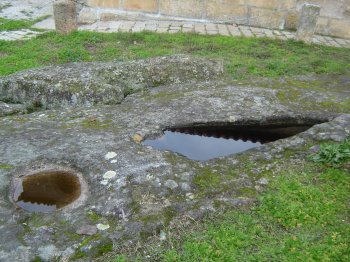
Chafariz dos Castelos / Chafariz do Largo do Paço
- heritage
Largo do Paço
4704-508, Braga
The Chafariz dos Castelos was raised in 1723, by order of the archbishop D. Rodrigo de Moura Teles. The ensemble is headed with a feminine image that symbolizes the city.
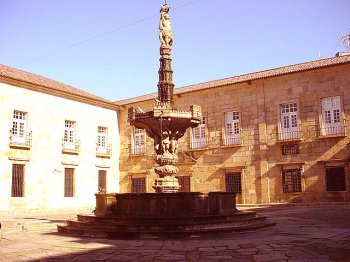
Santuário de Nossa Senhora do Castelo
- heritage
Santo André
3530-257, Mangualde
Where the medieval fortification once stood, the Sanctuary of Nossa Senhora do Castelo was installed. The chapel replaced a previous one from the 14th century. With baroque and neoclassical characteristics, this monument attracts attention due to the tower raised above the façade. Its finishes are in stonework, comprising a nave, a sacristy and a meeting room. The interior also shows an elegant chancel, whose neoclassical altarpiece in gilded and white carving rises on high steps. The interior tile panels depict episodes from the life of the Virgin.

Judiaria de Castelo de Vide
- heritage
Rua da Judiaria
7320-190, Castelo de Vide
It is located in the medieval area of the town of Castelo de Vide, next to the Castle, in what was once the local Jewish quarter, as documents from the 14th and 15th centuries state. The neighborhood was crossed by one of the castle's main communication axes and its disintegration took place from the reign of King Manuel I, after the decree that imposed Catholic obedience on Jews who, in order not to be forced to abandon the town, were converting into New Christians. On some door jambs you can see Hebrew symbols.
